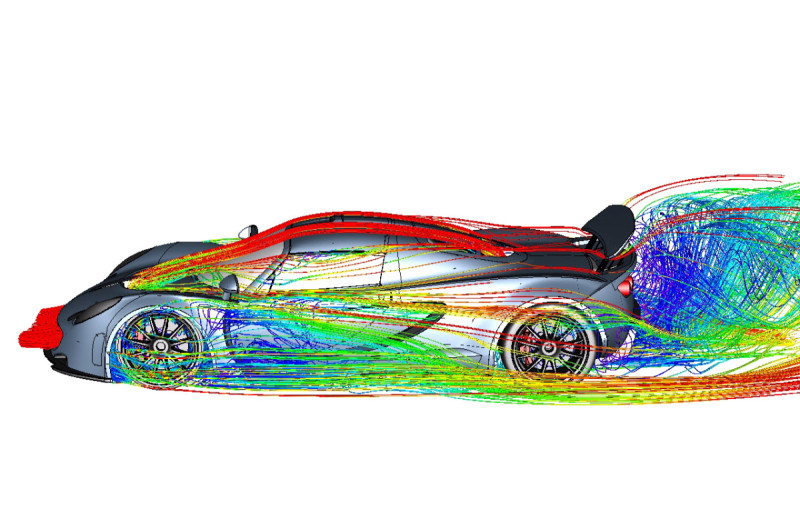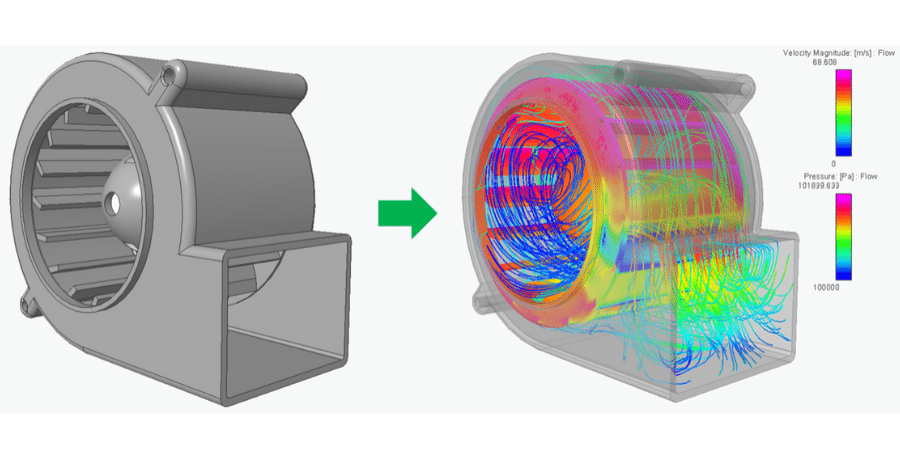Engineers, designers and scientists can use computational fluid dynamics (CFD) software to solve fluid flow problems in a non-intrusive, virtual modeling environment. Results can provide predictions on:
- Flow velocity
- Temperature
- Density
- Chemical concentrations
These factors allow users to predict the impact of fluid flow behavior on products and evaluate a wide range of design parameters without needing to create physical prototypes. Usage of CFD software has seen rapid growth over the last decade and is now being widely used in auto and aircraft design, electronic design, weather science, food processing, power generation, civil engineering, semiconductors, and oceanography.
Five years ago, Mentor Graphics wrote a whitepaper called The Five Myths of Computational Fluid Dynamics in a bid to debunk some misconceptions about the software’s capabilities and use cases. Their article focused on commercial general-purpose CFD software solving the Navier-Stokes equations, which is the broadest section of the CFD market.
Since then, it’s become clear that CFDs and their use cases are more complex than the whitepaper originally accounted for. To answer the feedback they received from their readers, Mentor Graphics has put together The Ten Myths of Computational Fluid Dynamics, a compilation of the original myths, four new related myths, and a completely new one.
Here are some of the myths the whitepaper sets out to debunk:
- CFD is too difficult and takes too long to be used in the design process
- CFD is too expensive for mechanical engineers to use it effectively
- You can’t directly use your CAD model to do CFD analysis
Download the free Computational Fluid Dynamics whitepaper to read all ten of the common myths — and why they shouldn’t keep you from using this useful software.


